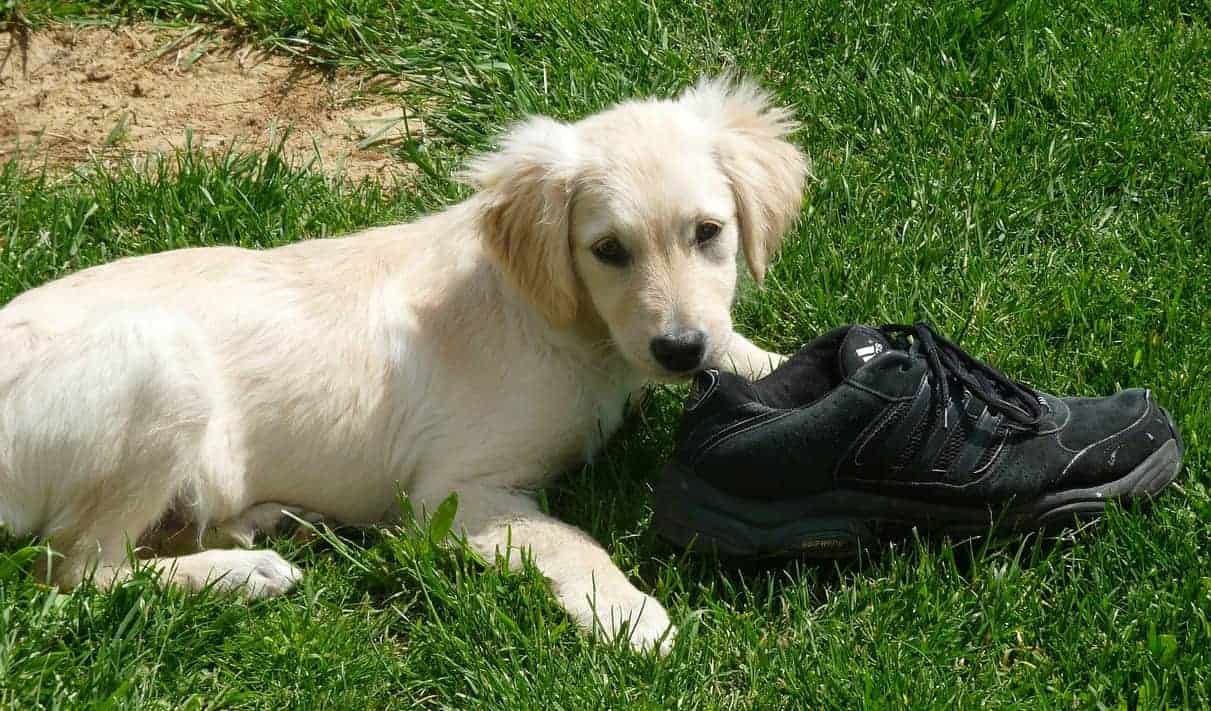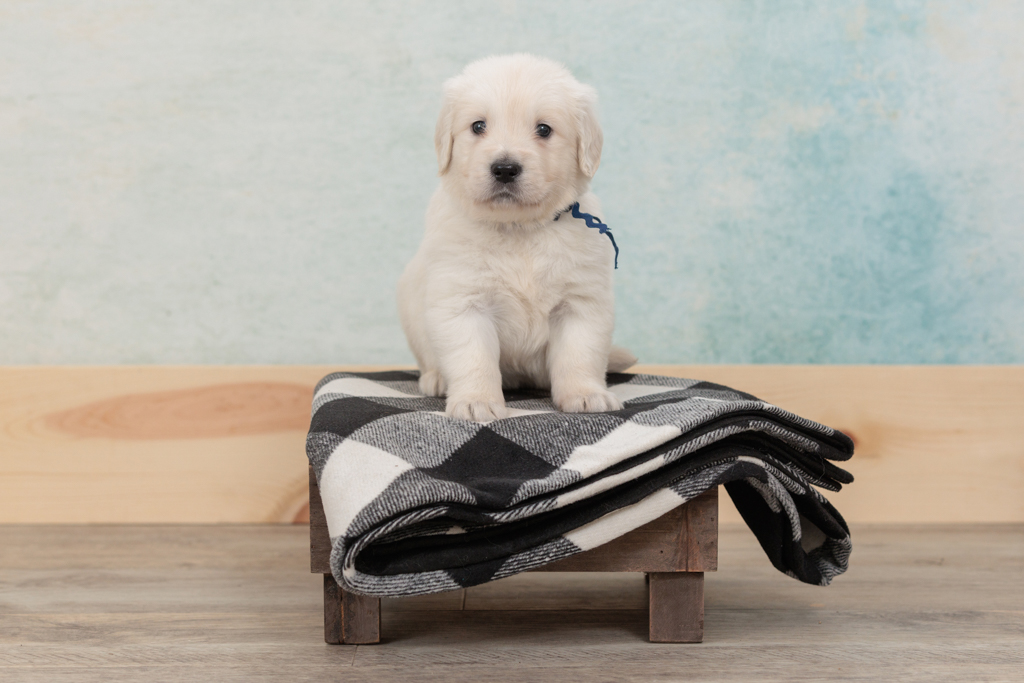The anticipation of welcoming a new puppy into your home is unmatched. Dreams of cuddling on the couch, long walks in your local park, and all the adventures you’ll share with your furry friend can excite anyone.
However, it’s important to remember that puppies are cute and cuddly and require attention, care, and training. As a responsible dog owner, puppy-proofing your home is one of the most critical tasks.
Puppies are curious creatures, and their playful nature can often lead them into dangerous situations. It’s essential to create a safe and secure environment for your new companion before they even step paw into their new home.
In this article, we’ll walk you through puppy-proofing your home and offer some tips to make the process easier.
Understanding Your Puppy’s Behavior
Before we dive into the puppy-proofing tips, it’s crucial to understand your puppy’s behavior. Puppies are born with a natural curiosity and desire to explore their surroundings.
They use their mouths and noses (oh, those cute little noses!) to explore and learn about their environment, which means they’ll chew on pretty much anything they can reach.
In truth, they’re a lot like rambunctious toddlers, always on the prowl for mischief and adventure. Therefore, it’s essential to anticipate their behavior and create a safe environment for them to explore.
Assessing Your House for ‘Go Home Day’
Get Down On Their Level
One of the best ways to puppy-proof your home is by getting down on all fours and seeing things from your puppy’s perspective.
This will help you spot any dangers or temptations that might appeal to a curious pup. Next, go through every room, nook, and cranny in your home to ensure it’s safe for your puppy.
Living Areas
Kitchen
Despite being a hub of activity and smells, the kitchen can be fraught with dangers for your little pup. Here are some areas of concern:
- Appliances and Heated Surfaces: Puppies are naturally curious, and the warmth emanating from appliances like the dishwasher, stove, or oven can intrigue them. Make sure to keep these appliances closed and inaccessible to prevent any accidents.
- Human Food and Beverages: Many common foods and drinks safe for humans can harm dogs. These include chocolate, coffee, certain fruits and vegetables, and artificial sweeteners. Keep these foods out of your puppy’s reach, ideally in locked cabinets or high shelves.
- Small Objects and Utensils: Items such as utensils, bottle caps, and straws can pose a choking hazard if your puppy chews on them.
- Cleaning Supplies: Many cleaning supplies are toxic if ingested. Always store these products in locked cabinets or outside your puppy’s reach.
Remember, puppy-proofing the kitchen requires constant vigilance, as new hazards can happen unexpectedly. Regularly reassess this area to keep it safe for your furry friend.
Bathroom
The bathroom can be risky for curious puppies and requires special attention when puppy-proofing. Here are some areas of concern:
- Toilet: Puppies are naturally curious and may be tempted to drink from the toilet bowl. However, toilet bowl water can contain cleaning chemicals that harm dogs. Always keep the toilet lid closed to prevent this.
- Trash Can: Items thrown into the bathroom trash, like razor blades, dental floss, and feminine products, can be dangerous if your puppy decides to rummage through the garbage. Consider getting a trash can with a locking lid or storing it in a closed cabinet.
- Medications: Medications can be harmful or even fatal to dogs, even in small doses. Always keep medication bottles closed and stored in a cabinet your puppy can’t access.
- Cleaning Supplies: Like the kitchen, many cleaning supplies are toxic if swallowed. Always keep these products locked away or out of your puppy’s reach.
- Small Objects: Items like hair ties, cotton swabs, and cosmetics can pose a choking hazard or cause intestinal blockage if ingested. Keep these items stored safely out of your puppy’s reach.
- Bathtub and Sink: A puppy can easily fall into a bathtub or sink and become trapped or drown. Keep these areas dry and inaccessible when not in use.
Remember to continuously reassess your bathroom for new potential hazards and ensure it remains a safe space for your puppy to explore.
Bedroom
The bedroom, a place of rest and relaxation, can also pose certain risks to your new puppy. Here are some areas of concern:
- Clothing and Shoes: Puppies love to chew, and items such as shoes, socks, or other clothing left on the floor can become tempting chew toys. These can pose a choking hazard or cause intestinal blockage if ingested. Ensure all clothing items are kept out of the puppy’s reach or stored in a closed drawer or closet.
- Jewelry and Accessories: Small items like earrings, rings, or hair accessories can be easily swallowed, leading to choking or other health problems. Store these items in closed containers or high shelves where your puppy can’t reach them.
- Electrical Cords: Lamps, chargers, or any other electrical cords can be dangerous if your puppy decides to chew on them. Use cord covers or keep lines tucked away when not in use.
- Bed: Falling off the bed can lead to injuries for your small puppy. It’s best to keep the bedroom door closed or ensure your puppy is safely on the ground before leaving the room. Consider using a pet ramp or stairs if your dog spends time on your bed.
- Medications and Cosmetics: Similar to the bathroom, drugs and cosmetics can harm puppies if ingested. Always keep these items securely stored away.
Regular evaluation of this area is necessary to maintain a safe environment for your puppy. Remember, a safe puppy is a happy puppy!

Household Chemicals and Poisons
Household chemicals and poisons can be found in every room of your house, and keeping these items out of your puppy’s reach is essential. Some common household hazards include:
- Cleaning Supplies: Many cleaning supplies contain harsh chemicals that can cause burns or poisoning if ingested by your puppy.
- Pesticides and Insecticides: These products can be toxic to your puppy if ingested or absorbed through the skin.
- Plants: Some common house plants are toxic to dogs if ingested, including lilies, poinsettias, and tulips. Research which plants are safe for your puppy and avoid keeping poisonous plants in your home.
It’s crucial to store these items in high shelves or locked cabinets, out of reach of your curious puppy. In case of accidental ingestion, contact your veterinarian immediately.
We recommend posting the number for your vet or an emergency animal hospital in a common, easy-to-find area. That way, in the case of an emergency, you can quickly contact a professional for assistance.
Finding a Safe Space for Your Puppy
Giving your new puppy their own designated area for play and rest is essential for their safety and well-being. Here are some tips for creating a safe space:
- Choose a Quiet Area: A room with low foot traffic or noise levels is ideal for your puppy’s designated area. This will help them feel safe and relaxed in their own space.
- Use Gates and X-pens: Gates and x-pens are great for keeping your puppy in a safe, confined area. Make sure to choose one that is the appropriate size for your puppy and has no sharp edges or gaps.
- Provide Comfortable Bedding: Make sure your puppy’s designated space has comfortable bedding, such as a dog bed or blankets. This will encourage them to use their
Puppy-Proofing Furniture and Belongings
While seeming harmless, furniture and knick-knacks can pose specific threats to your puppy. Here are some measures you can take:
- Training: Encouraging good behavior from the get-go is essential. Teach your puppy which areas are off-limits and discourage them from chewing on furniture. Reward them with treats and praise for correct behavior to reinforce these habits.
- Toys for Mental Stimulation: Provide your puppy with various toys that promote mental stimulation. Puzzle, treat-dispensing, and chew toys can keep your puppy occupied and deter them from gnawing on furniture or other belongings.
- Bitter Sprays: These sprays deter your puppy from chewing on furniture. Applied to the surfaces of your furniture, they leave a bitter taste that most dogs find unpleasant.
Outdoor Safety and Planning
Puppy-proofing your home isn’t just limited to the indoors. Outdoor spaces can also pose hazards to your puppy. Here are some measures you can take:
- Fencing: Ensure that your yard or outdoor area is secure and has proper fencing to prevent your puppy from wandering off or entering dangerous situations.
- Poisonous Plants: Just like indoor plants, it’s crucial to research which plants in your yard may be toxic to dogs. Remove or fence off any dangerous plants to keep your puppy safe.
- Pools and Water Features: If you have a pool or other water features, it’s essential to have proper safety measures in place. Consider installing a fence or cover for pools and supervising your puppy around any body of water.
- Gardening Tools and Chemicals: Keep all gardening tools and chemicals, such as fertilizers or pesticides, securely stored away from your puppy’s reach.
Always supervise your puppy outdoors, and consider enrolling them in obedience training to teach them proper behavior in outdoor spaces.
What to do if You Have Other Pets
If you have other pets in your home, it’s crucial to introduce them to your new puppy slowly and carefully. Here are some tips:
- Separate Spaces: During the initial introduction period, it’s best to keep your puppy and other pets separate until they become comfortable with each other.
- Supervise Interactions: When allowing interactions between your puppy and other pets, always supervise them to ensure their safety. If your other pet shows aggression or discomfort, separate them immediately.
- Give Equal Attention: Make sure to give all your pets equal attention and love to prevent feelings of jealousy or resentment towards the new puppy.
Additionally, you’ll need to make some crucial decisions on where to place your other pet’s supplies. If you have cats, this means assessing whether the litter box will pose a safety hazard to your puppy and finding a suitable location.
Owning a Puppy Requires a Lifestyle Change
Owning a puppy is an exciting and rewarding experience but comes with specific responsibilities. Puppy-proofing your home is just one of the many changes you’ll have to make in your lifestyle to ensure the safety and well-being of your new furry friend.
It can take some getting used to, and no one does it ideally (we have a few pairs of nibbled tennis shoes to prove it!). But if you know of potential hazards and take the necessary precautions, your puppy can explore their new home safely.
Enjoy this new adventure with your puppy, and cherish every moment! So remember, always keep an eye on your puppy and ensure all potentially harmful items are stored away securely. With proper planning and care, you can create a safe environment for your puppy to grow!
